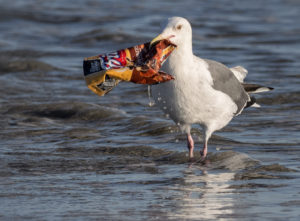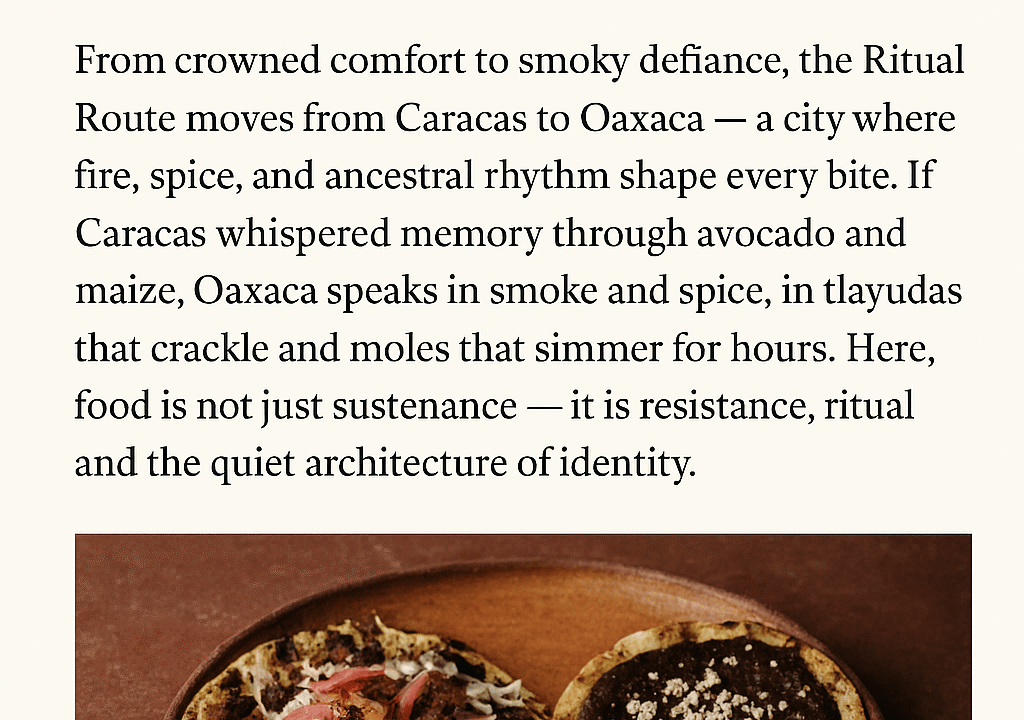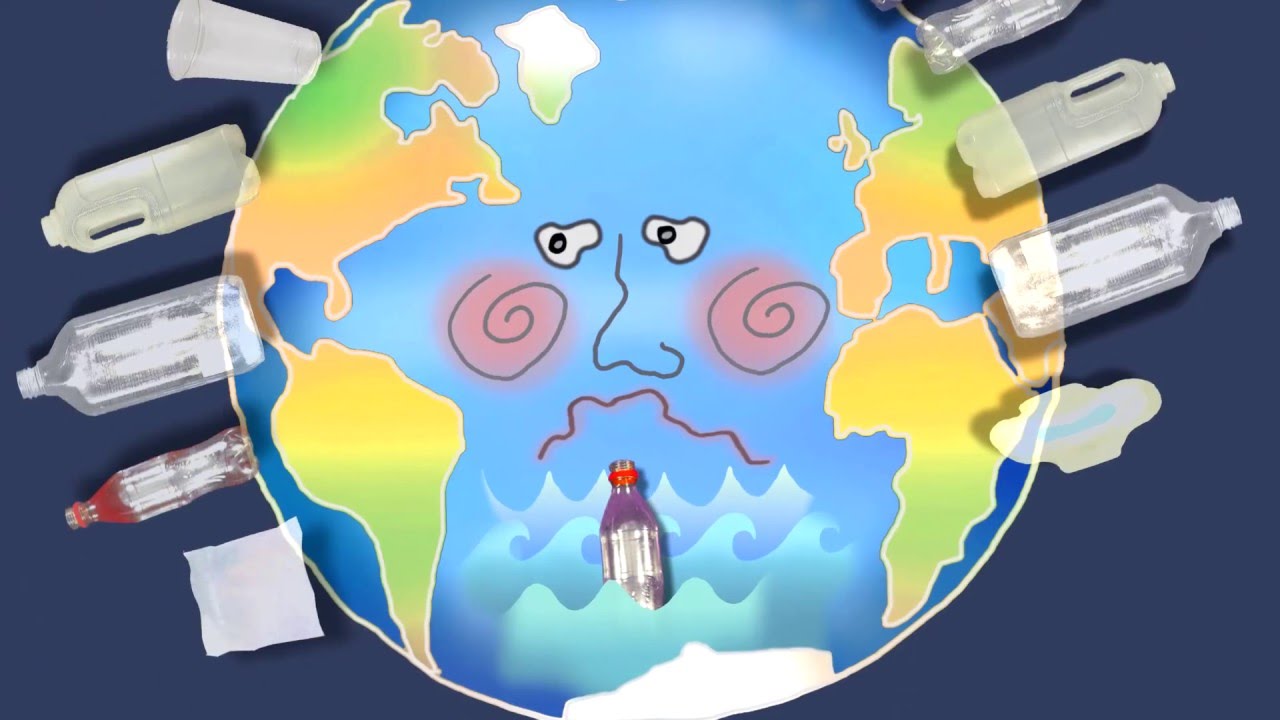World Environment Day is the UN’s most important day for encouraging worldwide awareness and action for the protection of our environment. Since it began in 1974, it has grown to become a global platform for public outreach that is widely celebrated in over 100 countries.

This year the theme for World Environment Day is ‘Beat Plastic Pollution’.
The theme invites us all to consider how we can make changes in our everyday lives to reduce the heavy burden of plastic pollution on our natural places, our wildlife – and our own health.
While plastic has many valuable uses, we have become over-reliant on single-use or disposable plastic – with severe environmental consequences. This World Environment Day join in raising awareness and inspiring action to form the global movement needed to beat plastic pollution for good.
Individuals, the private sector and policymakers all have critical roles to play.
• Plastic pollution is a defining environmental challenge for our time.
• In the next 10-15 years global plastic production is projected to nearly double.
• Avoiding the worst of these outcomes demands a complete rethinking of the way we produce, use and manage plastic.
• Individuals are increasingly exercising their power as consumers. People are turning down plastic straws and cutlery, cleaning beaches and coastlines, and reconsidering their purchase habits in supermarket aisles. If this happens enough, retailers will quickly get the message to ask their suppliers to do better.
• While these steps are a cause for celebration, the reality is that individual action alone cannot solve the problem. Even if every one of us does what we can to reduce our plastic footprint – and of course we must– we must also address the problem at its source.
• Consumers must not only be actors but drivers for the behaviour change that must also happen upstream.
• Ultimately, our plastic problem is one of design. Our manufacturing, distribution, consumption and trade systems for plastic – indeed our global economy –need to change.
• The linear model of planned obsolescence, in which items are designed to be thrown away immediately after use, sometimes after just seconds, must end.
• At the heart of this is extended producer responsibility, where manufacturers must be held to account for the entire life-cycle of their consumer products. At the same time, those companies actively embracing their social responsibility should be rewarded for moving to a more circular model of design and production, further incentivizing other companies to do the same.
• Changes to consumer and business practice must be supported and in some cases driven by policy.
• Policymakers and governments worldwide must safeguard precious environmental resources and indeed public health by encouraging sustainable production and consumption through legislation.
• To stem the rising tide of single-use plastics, we need government leadership and in some cases strong intervention.
You may like to read International Mother Earth Day

Beat Plastic pollution if you can’t reuse it, refuse it.
****
Every year there is a specially designed theme for World Environment Day which is decided by the host country.
Recalling last year’s theme The World Environment Day 2017, ‘Connecting People to Nature’. The motto of 2017 theme was to drive people to step outside and re-connect with the world and nature once again. The UN believes that people need to enjoy nature once again, so they realise the value of the planet and do their bit in bringing about change.
I recently came across an interesting book titled ‘The Sixth Extinction: An Unnatural History by Elizabeth Kolbert. She has won the 2015 Pulitzer Prize in General Non-fiction.
Over the last half a billion years, there have been five mass extinctions, when the diversity of life on earth suddenly and dramatically contracted. Scientists around the world are currently monitoring the sixth extinction, predicted to be the most devastating extinction event since the asteroid impact that wiped out the dinosaurs. This time around, the cataclysm is us.
In The Sixth Extinction, two-time winner of the National Magazine Award and New Yorker writer Elizabeth Kolbert draws on the work of scores of researchers in half a dozen disciplines, accompanying many of them into the field: geologists who study deep ocean cores, botanists who follow the tree line as it climbs up the Andes, marine biologists who dive off the Great Barrier Reef. She introduces us to a dozen species, some already gone, others facing extinction, including the Panamanian golden frog, staghorn coral, the great auk, and the Sumatran rhino. Through these stories, Kolbert provides a moving account of the disappearances occurring all around us and traces the evolution of extinction as concept, from its first articulation by Georges Cuvier in revolutionary Paris up through the present day. The sixth extinction is likely to be mankind’s most lasting legacy; as Kolbert observes, it compels us to rethink the fundamental question of what it means to be human.
The environment on Earth has been deteriorating, which is often referred to as the planet is ‘dying’. As the number of trees keeps depleting and the pollution rates reach sky-high, there are simple steps that each person can take to protect and save the environment.
Our cosmic oasis, cosmic blue pearl
the most beautiful planet in the universe
all the continents and the oceans of the world
united we stand as flora and fauna
united we stand as species of one earth
black, brown, white, different colours
we are humans, the earth is our home.
Our cosmic oasis, cosmic blue pearl
the most beautiful planet in the universe
all the people and the nations of the world
all for one and one for all
united we unfurl the blue marble flag
black, brown, white, different colours
we are humans, the earth is our home.
~ Abhay K
sources http://worldenvironmentday.global/
http://www.pulitzer.org/winners/elizabeth-kolbert













June 16, 2018
3.5